STRUCTURAL CHANGE
With a low starting point in the early days after the liberation of the South and the reunification of the country, Tien Giang Agriculture faced many difficulties. People who have been involved in Tien Giang Agriculture for many years shared with us that during this period, the fields were fallow, agricultural production was traditional, and heavily dependent on nature; not to mention the low level of education in this period, the application of science and technology in production was also limited, so rice could only be grown 1-2 crops/year, with a yield of only about 2.6 tons/ha.
 |
| Tien Giang launches the Project for Sustainable Development of 1 million hectares of high-quality and low-emission rice cultivation. |
Statistics from the agricultural sector in 1976 showed that the total rice sowing area in the province was over 170,000 hectares, but the output only reached nearly 450,000 tons... Meanwhile, fruit and vegetable production was still fragmented and small-scale.
From such reality, the 1st Congress of Tien Giang Provincial Party Committee determined that Tien Giang is a province with agricultural strengths, so it must develop from agriculture and rely mainly on internal resources, exploiting the people's strength to the maximum, promoting the creative labor capacity of all classes of people.
The reality requires that the restoration of production, development of agricultural economy, and construction of rural infrastructure become more urgent than ever. Since then, many programs and projects related to the agricultural sector have begun to be implemented by the province.
One of the notable points is that the Garden Economy Program, Rice Program, Aquaculture Development Program, Intensive Crop Production Program... have been focused on implementation based on each specific stage and achieved many great achievements.
Thanks to that, after the difficulties in the early days of liberation due to war devastation and unfavorable production conditions, by 1986, the province's agricultural production had basically recovered and begun to enter a development stage through promoting crop rotation and increasing productivity in rice production.
It can be affirmed that one of the outstanding successes of the agricultural sector during this period was the increase in rice crop production and productivity, and Tien Giang has made an unforgettable mark by rising from a province with a shortage of food to reach the output of 1 million tons of food/year and participating in the rice export market. When mentioning the highlights of the agricultural sector of Tien Giang, it is impossible not to mention the Go Cong Sweetening Project and the reclamation of Dong Thap Muoi.
These are two major revolutions, with breakthroughs in the province's agriculture. In fact, these two projects have been conceived and nurtured since the liberation, carefully prepared, focused and had a proper campaign and have so far brought about great effectiveness.
Continuing the success chain in the agricultural sector, according to the assessment of the People's Committee of Tien Giang province, in the 2020 - 2025 term, the province's crop and livestock structure has been strongly transformed towards high-value crops and animals, associated with the processing industry, suitable for the consumption and export markets, reducing the rice cultivation area. Accordingly, Tien Giang has focused on implementing the Project "Crop cutting, crop conversion and crop structure in the eastern districts of Tien Giang province by 2025".
Thereby, the province has formed a rice production area with 2 crops/year with an area of over 10,000 hectares, developing upland crops on rice land with an area of 5,047 hectares. The agricultural sector has organized the integration of environmental protection requirements, climate change response into planning, plans, and implementation of investment projects; production models have been focused on implementation. One of the important highlights is that the province continues to promote the province's strong agricultural products, fruit trees, and converts to fruit trees with high economic value.
A notable highlight is that durian has been bringing high economic efficiency to farmers, becoming a key crop with a large planting area. It is noteworthy that in recent years, durian has contributed significantly to helping Tien Giang's fruit and vegetable export turnover achieve more impressive figures.
AND ORIENTATIONS
According to the assessment of the Department of Agriculture, Tien Giang's agricultural sector in 2024 will develop quite comprehensively, with growth reaching the target of 4% (Resolution sets from 3.5% - 3.8%).
This growth is due to factors such as drought and salinity in the 2023-2024 dry season, which generally had a sudden change, but the province has had many solutions to effectively prevent and combat it. Crops were not damaged by drought and salinity thanks to proactive engineering solutions.
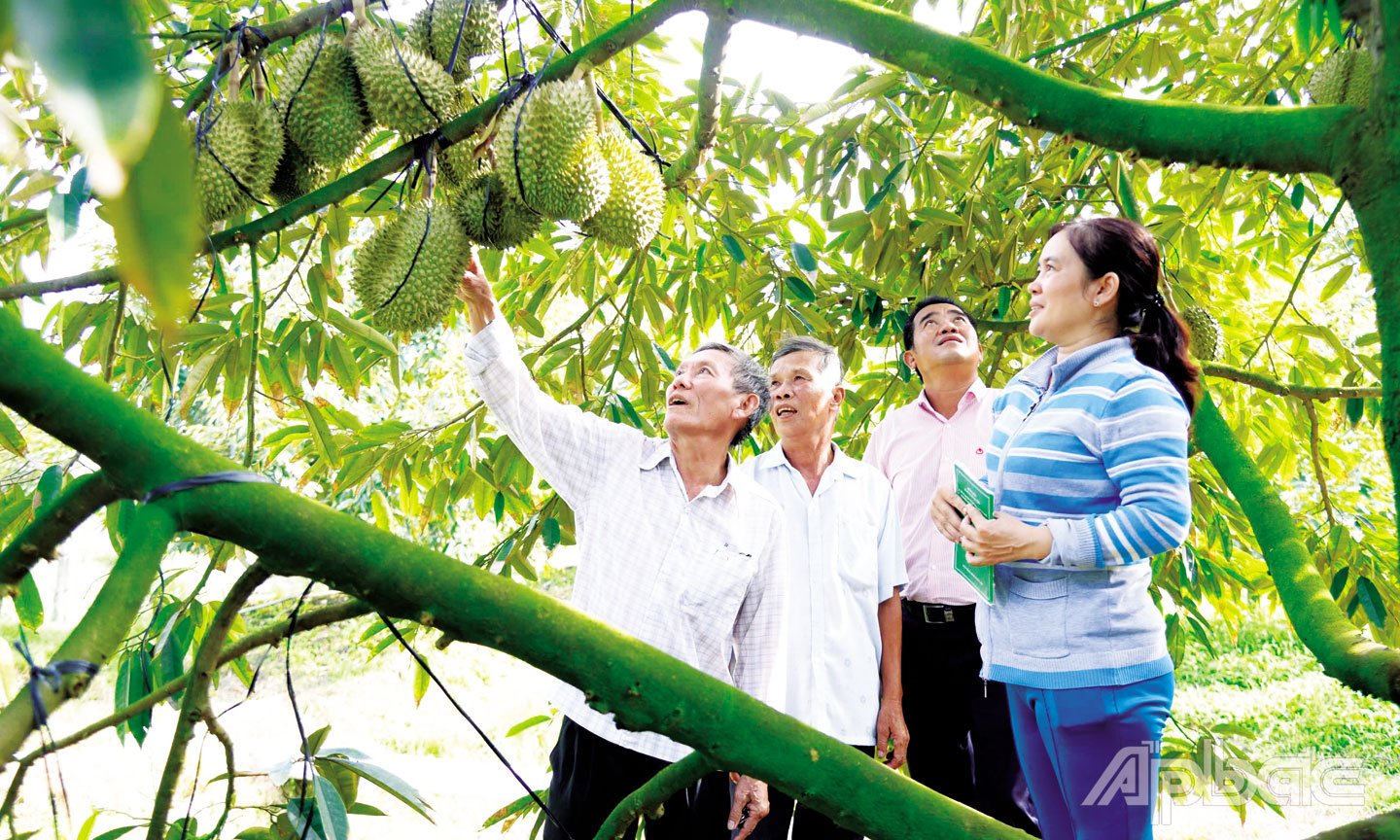 |
| In recent times, durian trees have brought high economic efficiency to farmers. |
The saltwater prevention sluices at the beginning of canals and streams on Provincial Road 864 have been effective in preventing saltwater intrusion and storing fresh water. For the two islands of Tan Phong and Ngu Hiep, the localities promptly closed temporary dams in Ngu Hiep commune to ensure closed saltwater prevention. In addition, over the past years, Tien Giang has promoted the implementation of the Project on Converting the structure of crops and livestock in the province. Tien Giang has gradually reduced the area of ineffective rice fields and switched to growing some of the province's key fruit trees, which are now in the harvest stage...
In 2025, the province's target is for the growth rate of the agricultural sector to reach 3.9% - 4.2%. The agricultural sector will implement solutions and tasks to complete this target. Accordingly, the agricultural sector will continue to focus on implementing solutions to protect production and domestic water for people in the dry season of 2024 - 2025.
In 2025, the Department will focus on reviewing, evaluating, and summarizing the projects and plans being implemented by the industry. On that basis, the industry will consider and propose projects and plans for the period 2026 - 2030. Specifically, effective projects and plans that promote advantages will continue to be implemented with new goals and solutions.
One of the key solutions of the agricultural sector in the coming time is to focus on implementing the Project on Sustainable Development of 1 million hectares of high-quality, low-emission rice cultivation associated with green growth in the Mekong Delta by 2030.
Accordingly, Tien Giang has registered to participate in the Project "Sustainable development of 1 million hectares of high-quality and low-emission rice cultivation" with an area of 29,500 hectares, in 7 localities including: Cai Be, Cai Lay, Tan Phuoc, Go Cong Dong, Go Cong Tay districts, Cai Lay town and Go Cong city. The agricultural sector will focus on disease prevention and control to stabilize production for farmers.
According to the People's Committee of Tien Giang province, the province strives to have the added value of the agriculture, forestry and fishery sector reach nearly 56,095 - 56,656 billion VND by 2025, accounting for 36.5% -37% of the total added value. To achieve this goal, the province will continue to implement the Project to adjust the restructuring of the agricultural sector; Resolution 10 of the Provincial Party Committee on economic - urban development of 3 regions.
In the field of cultivation, the province will closely monitor the production situation and provide guidance on crop care; synchronously deploy solutions to protect crops in the 2024-2025 dry season; and provide guidance on the crop calendar and variety structure for each rice crop in 2025.
At the same time, effectively manage the conversion of crop structure on rice fields, growing area codes, packaging facilities in the province... For the livestock sector, the province will focus on supporting and encouraging livestock facilities to apply the VietGAP model to limit disease outbreaks, stabilize the supply of livestock products, and ensure food safety.
In the aquaculture sector alone, the province will strengthen the transfer and application of new and high technologies, and apply advanced farming models to increase productivity, improve product quality, added value and be environmentally friendly...
THE ANH - ANH THU
Source: https://baoapbac.vn/kinh-te/202506/tien-giang-sau-50-nam-giai-phong-nong-nghiep-chuyen-dich-manh-me-1045488/








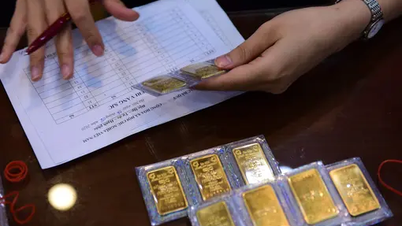





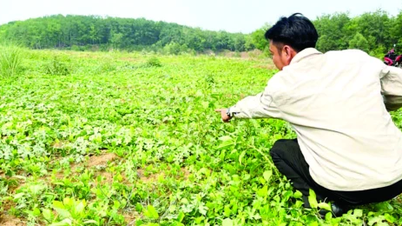

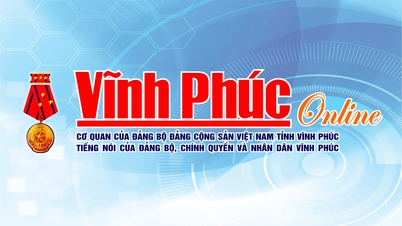

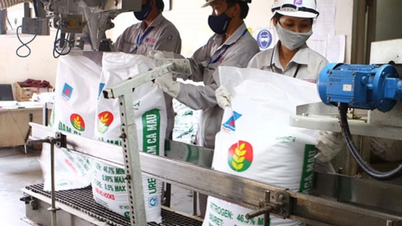






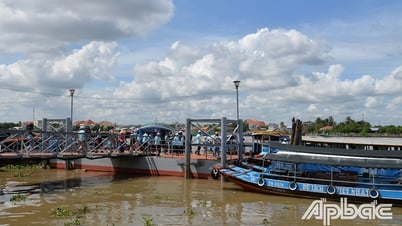

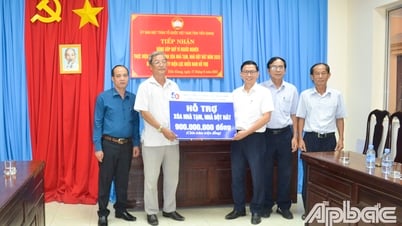
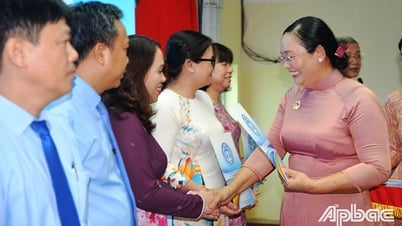
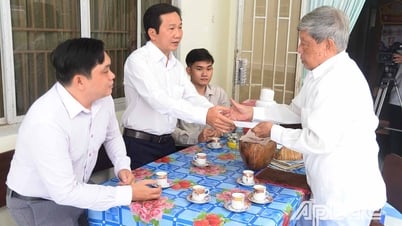














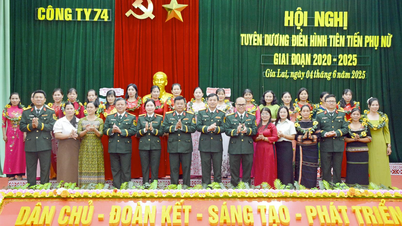









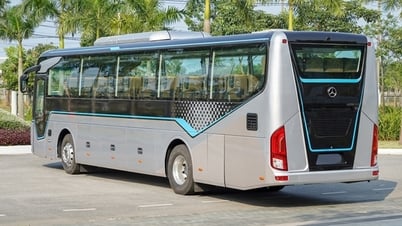
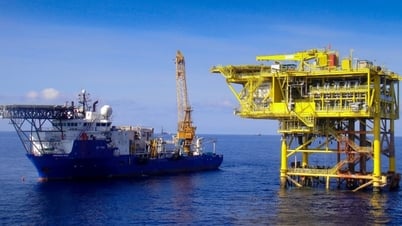
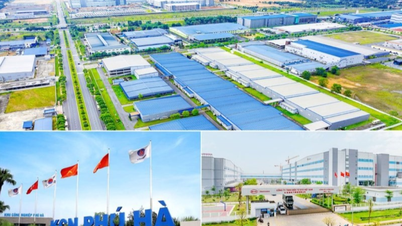


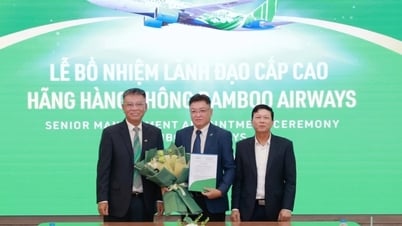






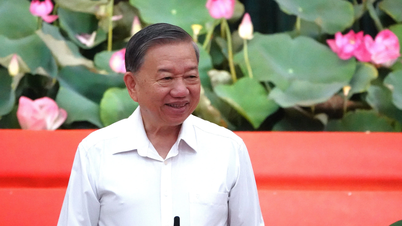
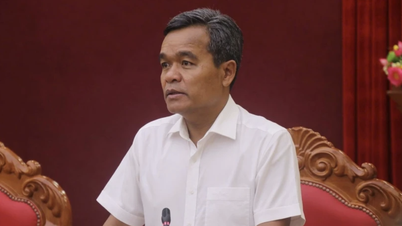
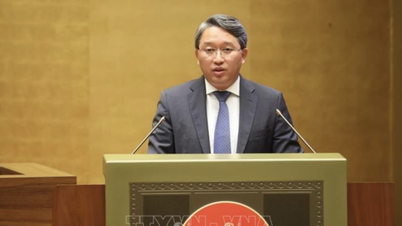

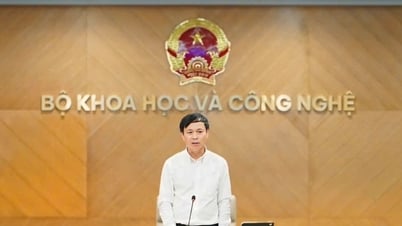

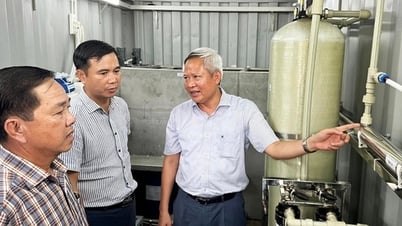



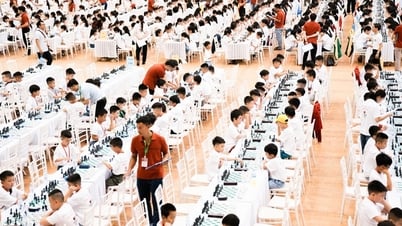

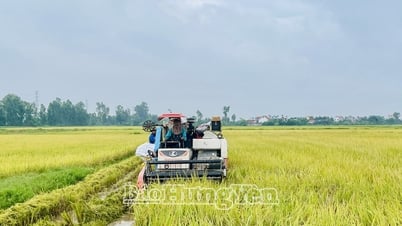

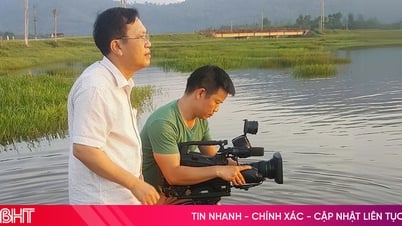

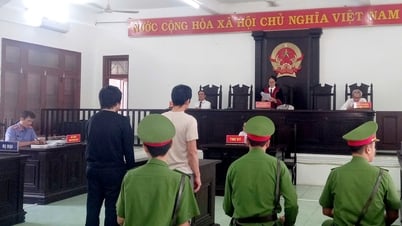

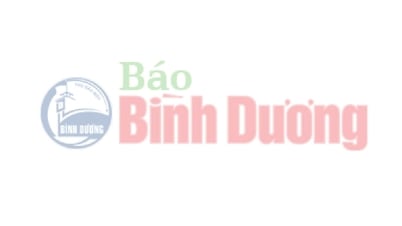











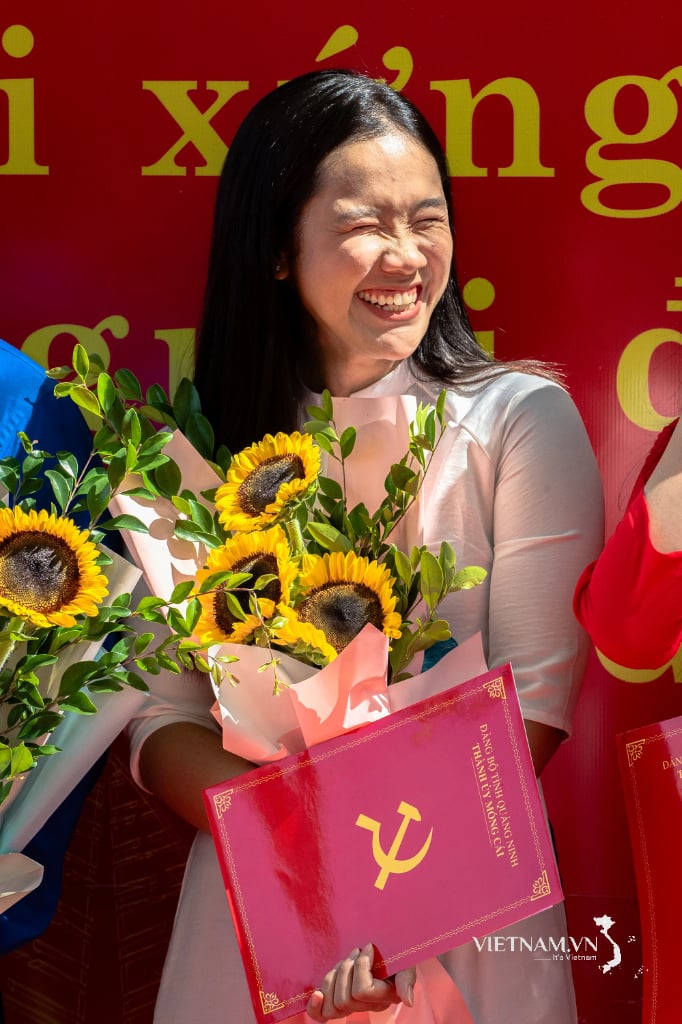
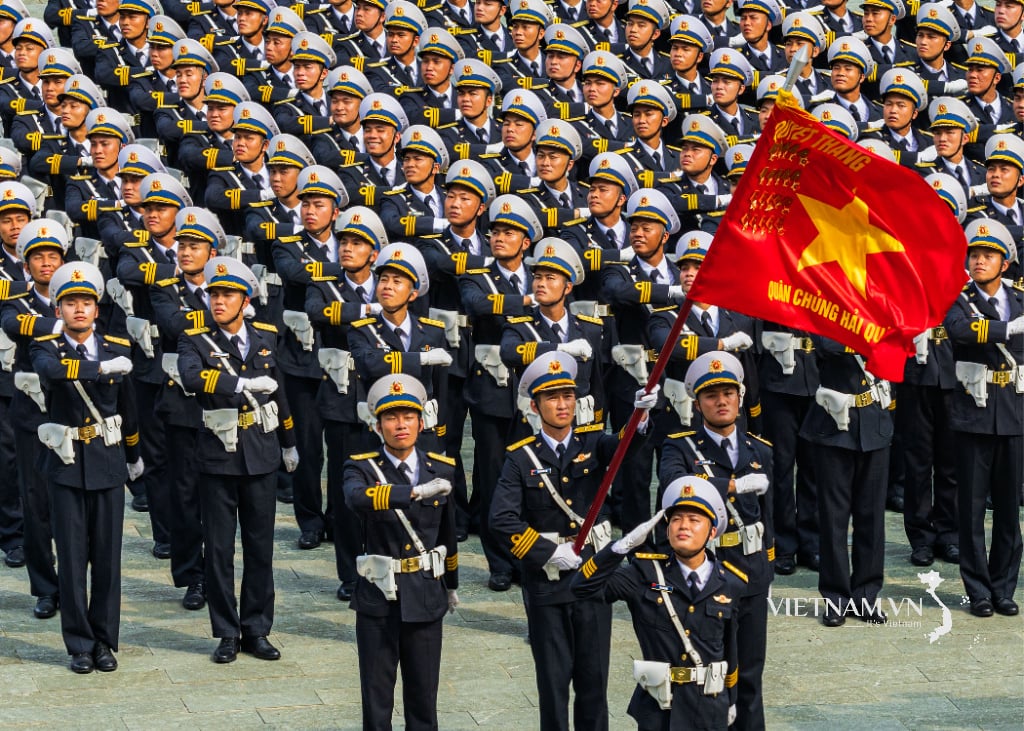
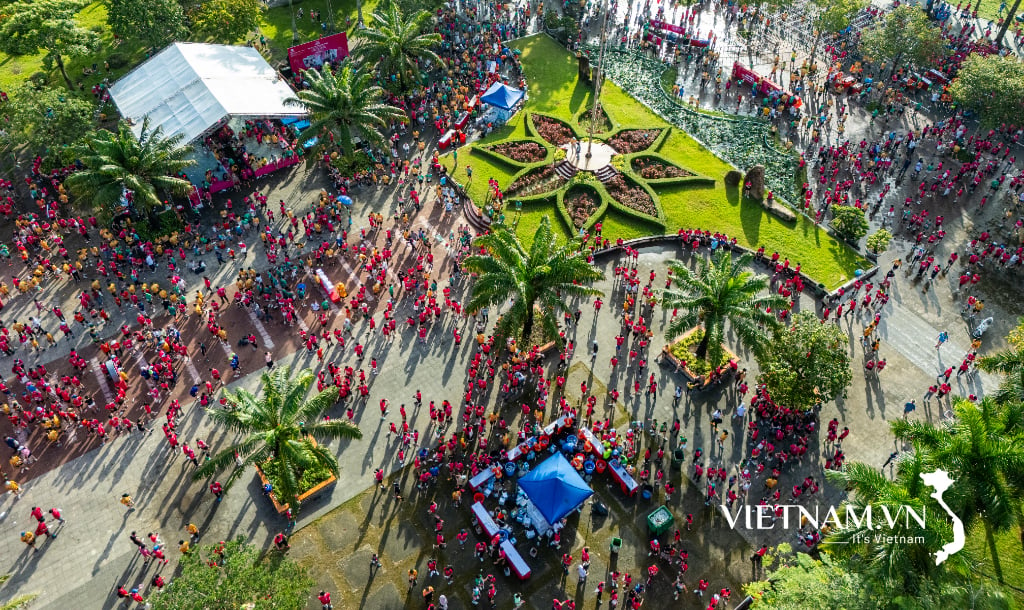
Comment (0)